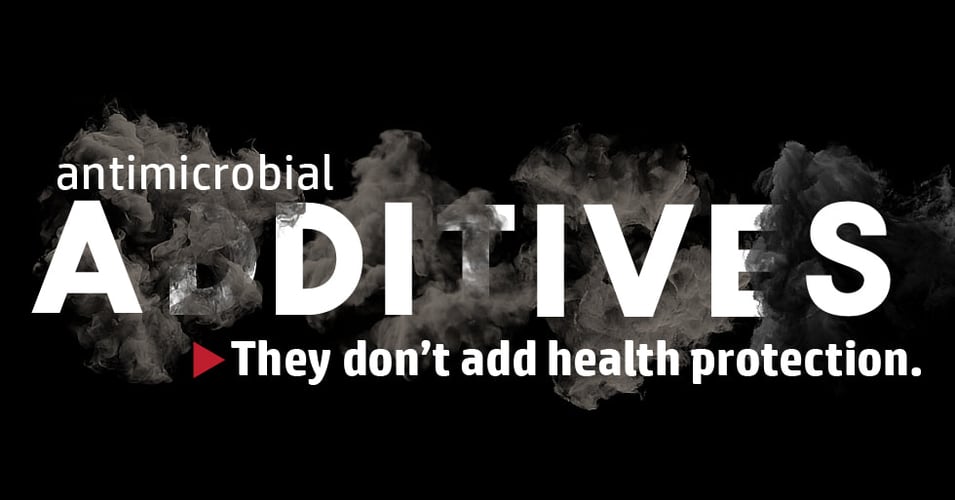2 min read.
Emergency Regulations During A Pandemic
Regulations help make sure that people and companies behave properly, especially when it comes to health and safety. The Environmental Protection...










